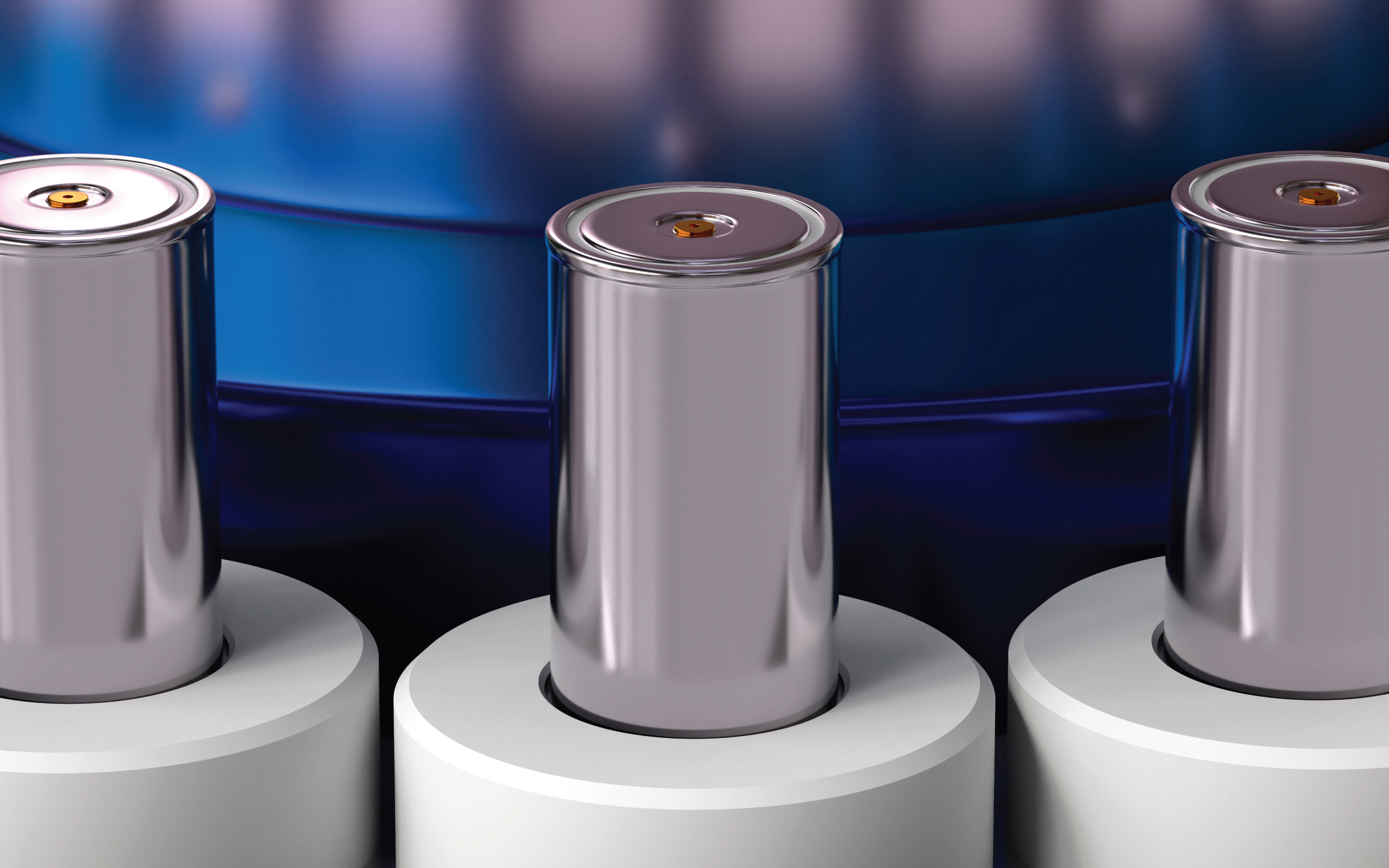Lithium-ion (Li-ion) batteries are the backbone of modern energy storage, powering pocket-sized gadgets and sleek electric vehicles. However, one issue they still face is an effect known as lithium trapping: during charge cycles, lithium ions can get stuck in a battery’s electrodes, reducing its efficiency, capacity and lifespan.
“Think of Li-ion batteries as busy highways, with their ions as cars moving between their positive and negative electrodes (anodes and cathodes) when we charge and discharge them,” said Shengkai Cao, a Research Scientist at A*STAR Institute of Materials Research and Engineering (A*STAR IMRE). “In lithium trapping, those ions are like cars stuck in dead-end roads, unable to rejoin the main traffic flow of future charging cycles.”
Lithium trapping can be particularly severe during a Li-ion battery’s first charge cycle, eating away its initial Coulombic efficiency (ICE): a measure of how much electricity it produces given how much it receives. While industries require Li-ion batteries with an ICE over 90 percent, numerous electrode materials cause existing Li-ion batteries to fall short due to lithium trapping.
A popular approach to tackle lithium trapping is nanoscaling, which shrinks battery materials to reduce the travel distance for lithium ions. However, nanoscaling also often exacerbates the irreversible Li+ consumption for electrode surface passivation, reduces the battery’s volumetric energy density and makes it costlier to manufacture.
Eyeing a different route, Cao and IMRE colleagues teamed up with A*STAR Institute for Sustainability for Chemicals, Energy and Environment (A*STAR ISCE2); Nanyang Technological University, Singapore; and the Brookhaven National Laboratory, US.
Instead of shrinking battery parts by regulating the extrinsic physical properties, they focused on improving the battery’s intrinsic solid-state reconversion reactions, which turn a Li-ion battery’s lithium into different forms—metallic or ionic—as it’s being charged or discharged.
Incomplete versions of those reactions often leave lithium trapped in electrodes during charging. To perfect these reactions, the team developed electrodes from ternary lithium iron oxide (LiFeO₂) systems, which create vacancy-rich iron nanoparticles when discharged.
“Like sponges filled with tiny holes, these nanoparticles ‘soak up’ lithium and oxygen, providing pathways for them to move more freely through the electrode, as well as a larger surface area for them to react with,” said Cao.
Cao and colleagues found that the vacancies not only increased the electrodes’ reactivity, but also led to more complete conversions of lithium ions during charge cycles, leaving fewer lithium ions trapped. Their LiFeO₂ anodes with vacancy-rich nanoparticles achieved an ICE of 92.77 percent; significantly above the 75.19 percent achieved with conventional anodes.
“This study could have far-reaching impacts on future Li-ion battery technologies, as iron is abundant, relatively cheap and environmentally benign compared to current anode materials,” explained Cao. “With improved ICE and reduced lithium trapping, we can develop smaller, more efficient batteries that maintain their capacity for longer, which would support electric vehicles and renewable energy storage systems.”
Looking ahead, Cao’s team aims to develop electrolytes tailored to the LiFeO₂ system and to enhance the material by incorporating other elements. “We aim to enhance its performance in terms of capacity, cycling stability and conductivity,” Cao added.
The A*STAR-affiliated researchers contributing to this research are from the A*STAR Institute of Materials Research and Engineering (A*STAR IMRE) and the A*STAR Institute for Sustainability for Chemicals, Energy and Environment (A*STAR ISCE2).






